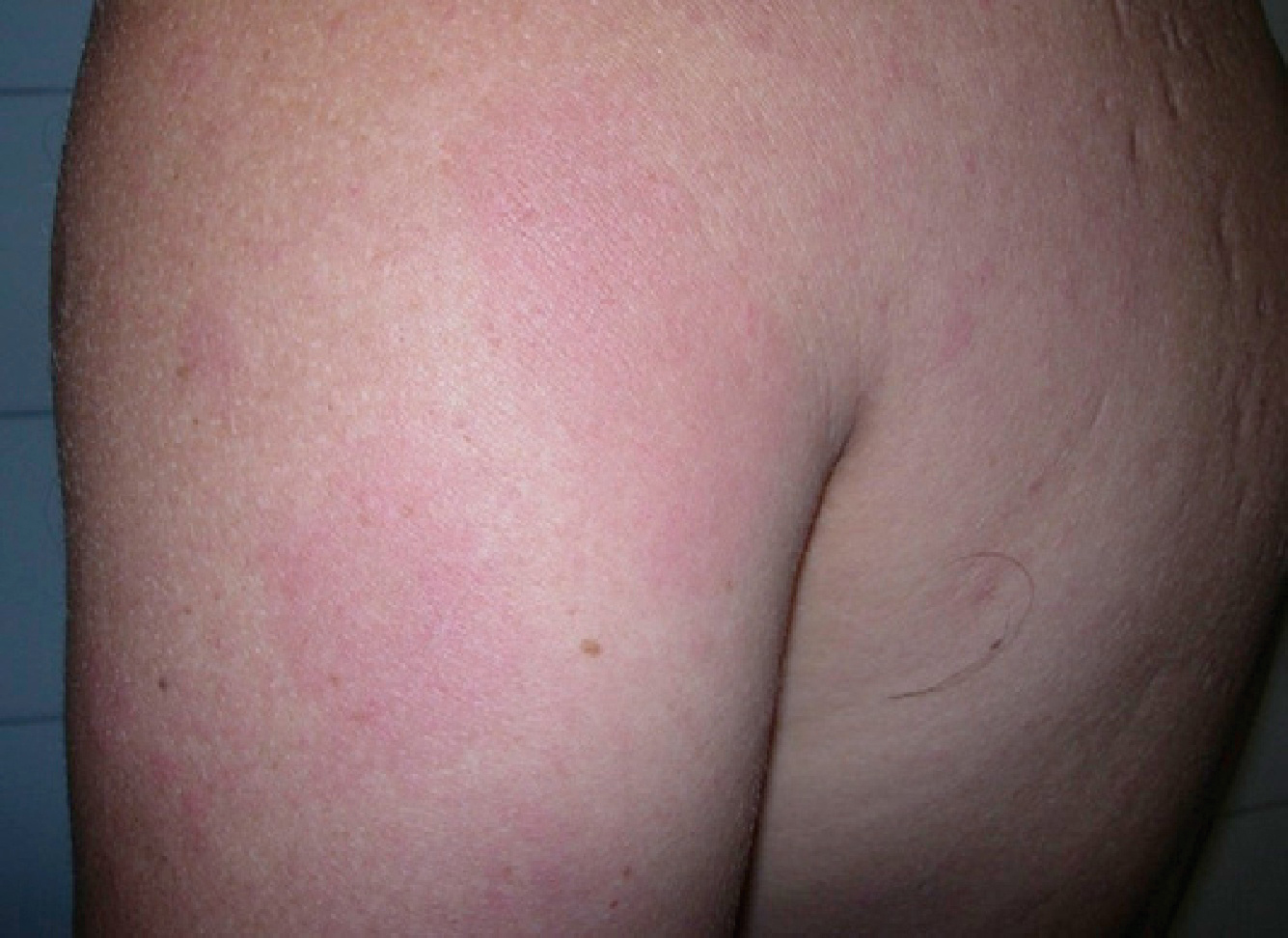leprosy /lep″rəsē/ [Gk, lepra] , a chronic communicable disease caused by Mycobacterium leprae that may take either of two forms, depending on the degree of immunity of the host. Tuberculoid leprosy is seen in those with high resistance; lepromatous leprosy is seen in those with little resistance. Also called Hansen’s disease. Kinds include tuberculoid leprosy, lepromatous, lepromatous leprosy. See also Mycobacterium. −leprotic, leprous, lepromatous, adj. ▪ OBSERVATIONS: Tuberculoid leprosy presents as thickening of cutaneous nerves and anesthetic, saucer-shaped skin lesions. Lepromatous leprosy involves many body systems, with widespread plaques and nodules in the skin, iritis, keratitis, destruction of nasal cartilage and bone, testicular atrophy, peripheral edema, and involvement of the reticuloendothelial system. Blindness may result. ▪ INTERVENTIONS: Plastic surgery, physical therapy, and psychotherapy are often necessary. Treatment with sulfones such as dapsone continued for several years usually results in improvement of skin lesions, but recovery from nerve impairment is limited. However, with treatment the disease can be cured. ▪ PATIENT CARE CONSIDERATIONS: Contrary to traditional belief, leprosy is not very contagious, and prolonged intimate contact is required for it to be spread between individuals. Children are more susceptible than adults. The disease is found mostly in tropic and subtropic countries.

